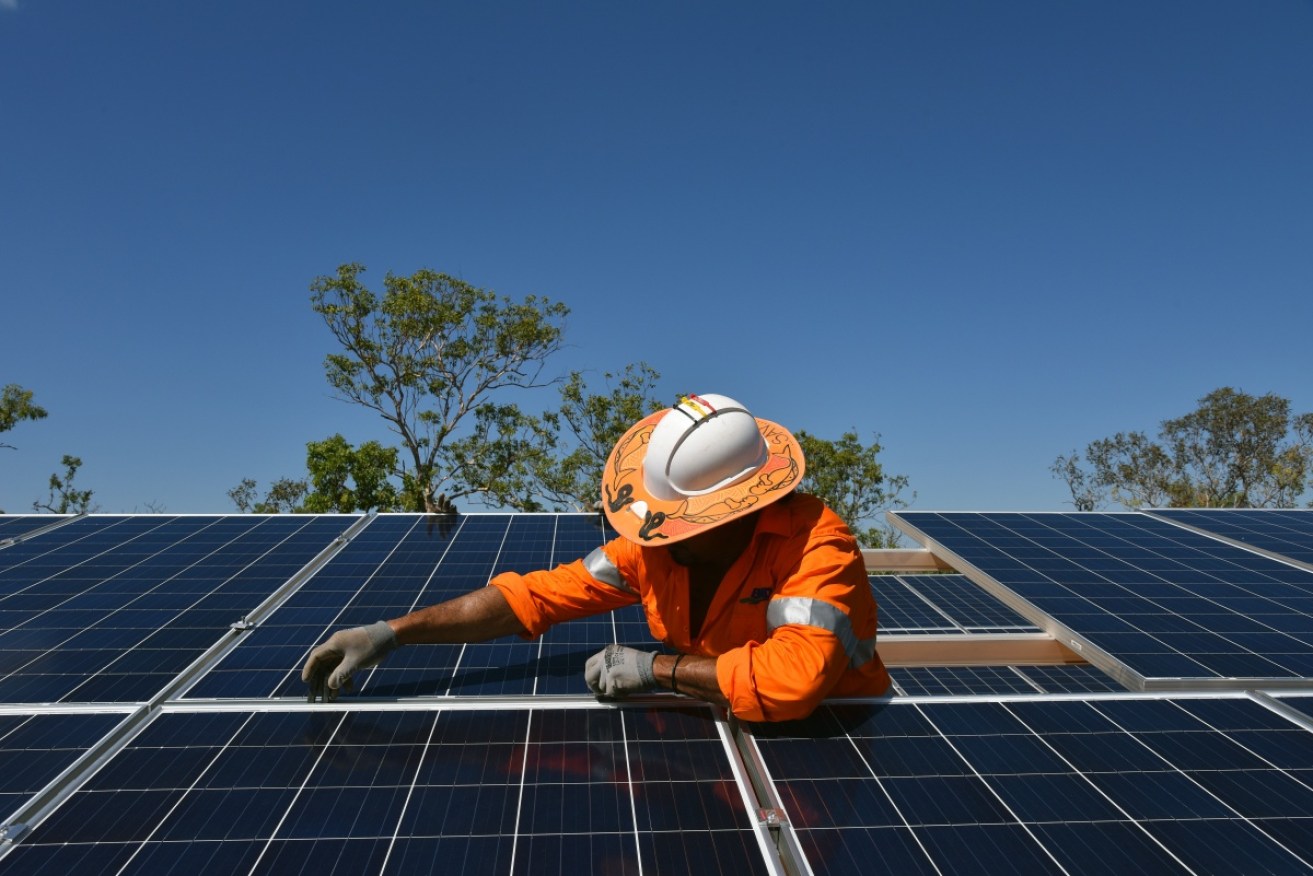Solar power revolution ‘bypassing those who need it most’: report

A new report says just 7.4 per cent of WA's most disadvantaged citizens have rooftop solar. Photo: AAP
The rooftop solar power revolution may be helping millions of Australians bring down their power bills, but a new report has warned that the people who need it the most are missing out because they cannot afford the technology.
The report from Curtin University suggests poor households are being bypassed by the shift to renewables.
The benefits of solar panels and batteries could also bypass renters whose landlords are reluctant to invest in solar technology, a double-whammy for poor households — who are more likely to rent — and people living in buildings unsuitable for solar panels, such as old apartments.
The problem is especially acute in Western Australia, where the Bankwest Curtin Economics Centre report shows that just 7.4 per cent of its most disadvantaged citizens have rooftop solar, compared to the state average of 27.3 per cent.
“One of the conclusions of the report — and one of the calls to action — is to make sure that the lower socioeconomic groups aren’t missing out on the solar revolution,” report author Professor Alan Duncan said.
The findings of the report did not come as a surprise to Bunbury-based Anglicare financial counsellor Kate Rich, who said solar panels were “a luxury” for her clients.
“Would it benefit people? Absolutely. Is it a luxury item? Unfortunately, yes,” she said.
“Forking out for solar when you can barely pay your mortgage is not really going to happen.”
Call for incentives to help renters
Professor Duncan said governments could help ensure the benefits were shared equally by offering better incentives for landlords to invest in solar technology.
He was also supportive of the potential of “citizen utilities” projects, including a project in White Gum Valley where a strata company is managing the solar power generated at a group housing development.
“If more people move off the grid, then fewer people are having to support that same cost that’s absorbed into the energy price,” he said.
Western Australians have been keen adopters of rooftop solar technology in a bid to capitalise on their 300 days of sunshine a year, with the third-highest uptake in the nation.
But the report showed the trend was being driven largely by middle-income households, saying they were behind a 37 per cent growth in rooftop capacity in the past 18 months.
The report said collectively, WA rooftops would soon become the biggest electricity provider in the state.
“Solar PV capacity is predicted to reach more than 2000MW by 2022, making it the largest quasi-power plant in WA,” the report said.
– ABC






